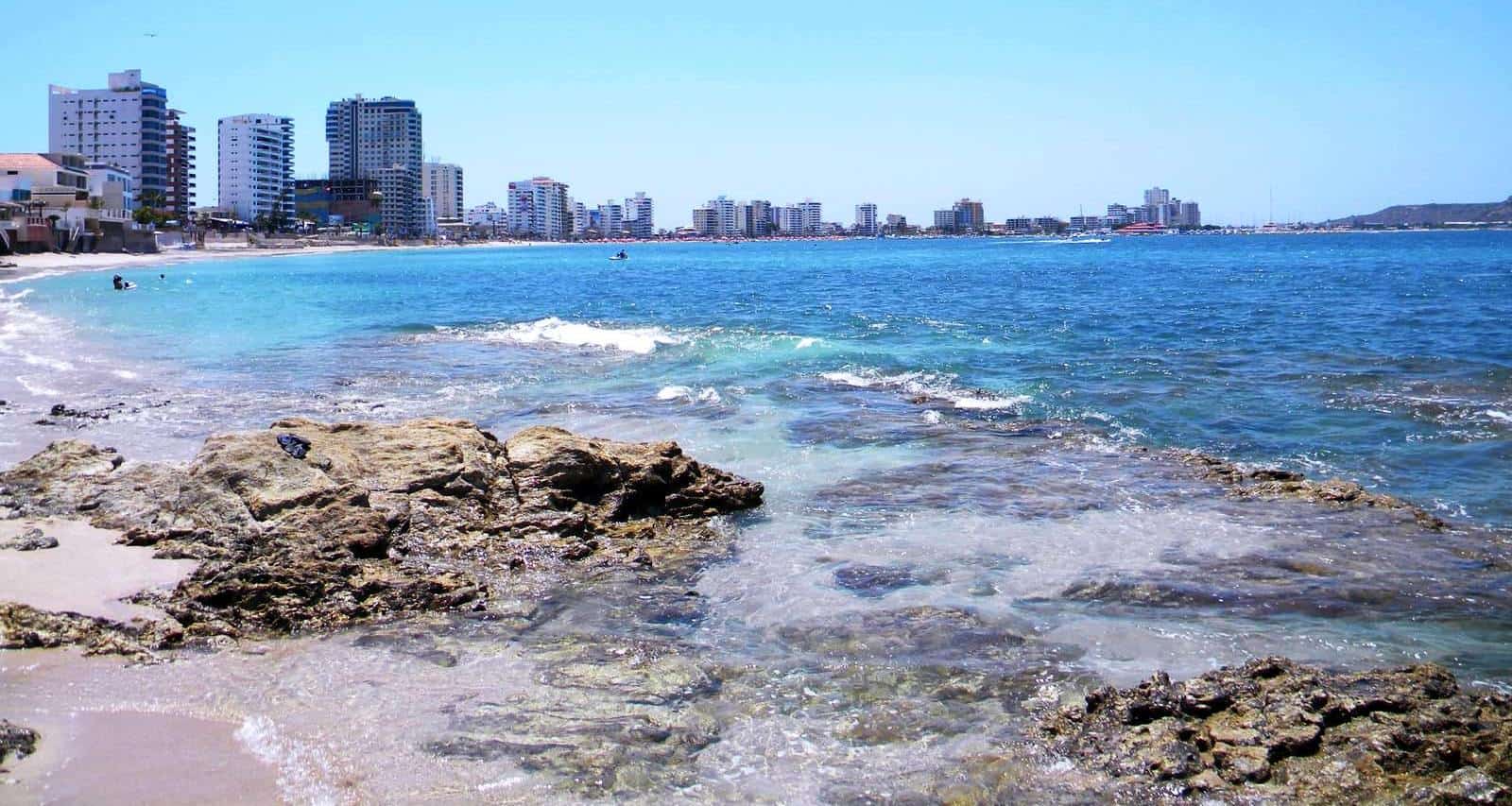
Text & photos by Steve Klein
“The most important thing you need to know about Ecuador is its diversity,” says Patricio Tamariz, owner/operator of Bahia Dolphin Tours.
As the former head of the Ecuador Tourism Promotion Fund, Tamariz can speak with authority on the subject. “With 9.2 species per square kilometre it is the most bio-diverse country in the world. Ecuador’s history includes 27 indigenous peoples as well as the influence of the Spanish, and with a large number of active archaeological sites, some of which date back 10,000 years, no other place offers such exceptional diversity in culture, nature and archaeology.”
We were heading to the coastal region on our stay and Guayaquil, Ecuador’s largest city, was a good starting point. We began with a city tour. Highlights include Seminario Park, known locally as Iguanas Park due to the large number of iguanas that make the city square home and the sights and sounds of Malecon 2000, the revitalized Rio Guayas riverfront, with its small shops selling local handicrafts, art galleries, restaurants and bars, IMAX theatre, museums and monuments, the Guayaquil Botanical Gardens and amazing views of Santa Ana Hill. Not too long ago a shanty town, Santa Ana Hill is now a colourful hillside of freshly painted, refinished homes, crowned by a chapel and a lighthouse. The 456-step climb to the chapel passes small shops, galleries and bistros in the houses that line the route.
Coastal Character
There are a number of options for a trip up Ecuador’s coast. For the adventuresome, a network of buses serving the local population regularly runs from town to town. They are inexpensive. They stop frequently and take a while to get you there, but they are a great way to interact with everyday Ecuadorians. You can also rent a car. We opted for an organized tour.
Salinas lies several hours’ drive to the west of Guayaquil, at the tip of the Santa Elena Peninsula and is a centre for water sports, deep-sea fishing, or just relaxing on the beach. Heading north from here, you pass a number of quaint fishing villages and beach towns, including Montanita, known for world-class surfing.
June through September is whale watching season, when hundreds of humpback whales come north to give birth and spend a few months in the nutrient rich warmer waters before returning to the Antarctic. While whales are often visible from shore, it is well worth the $30-$40 cost to get up close on a whale watching tour.
 This part of the coast is also known for the Panama hat, made from the leaf of the local Toquilla palm. Local artisans can take from one week to six months to hand-make each hat, with the price determined by the quality and tightness of the weave.
This part of the coast is also known for the Panama hat, made from the leaf of the local Toquilla palm. Local artisans can take from one week to six months to hand-make each hat, with the price determined by the quality and tightness of the weave. Bahia de Caraquez, is a small city with a rich cultural history. Legends suggest that it was first inhabited by a race known as “Caras” who arrived on rafts from a land in the west, and artifacts indicate the area has been inhabited for more than 5,000 years. The Museum of Bahia de Caraquez contains a lifesize replica of the Caras raft as well as an excellent collection of these pieces.
Some of the best came from the archaeological site of Chirije, a site studied by archaeologists from both the Smithsonian Institute and the Louvre Museum of Paris. Privately owned Chirije is accessed by a 15-kilometredrive on the beach at low tide. There is an on-site museum and a small eco-lodge and a walk on the beach is almost certain to yield some shards of ancient pottery.
 Bahia de Caraquez is also where you pick up a tour of Isla Corazon (Heart Island), an ecological success story. Much of the city’s bay had been stripped of mangrove forests for shrimp farming and mangrove wood. In a true model of eco-tourism the local natives have re-planted 100 hectares of mangroves along the shores of Heart Island. The result is the return of many marine and bird species, including a frigate bird colony larger than the renowned colony on Tower Island in the Galapagos. The tour includes a video presentation at the native village, a canoe trip through the mangrove tunnels and a walk along a treetop boardwalk to an observation tower.
Bahia de Caraquez is also where you pick up a tour of Isla Corazon (Heart Island), an ecological success story. Much of the city’s bay had been stripped of mangrove forests for shrimp farming and mangrove wood. In a true model of eco-tourism the local natives have re-planted 100 hectares of mangroves along the shores of Heart Island. The result is the return of many marine and bird species, including a frigate bird colony larger than the renowned colony on Tower Island in the Galapagos. The tour includes a video presentation at the native village, a canoe trip through the mangrove tunnels and a walk along a treetop boardwalk to an observation tower.For more information, visit www.ecuadortouristboard.com or call 1-800-328-2367.


